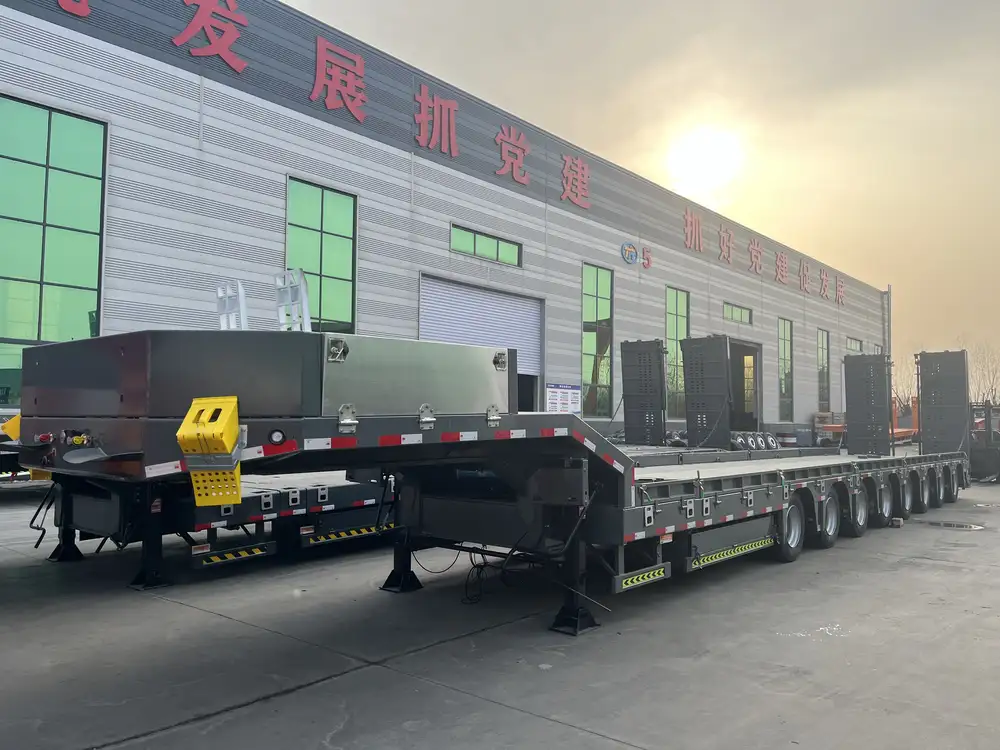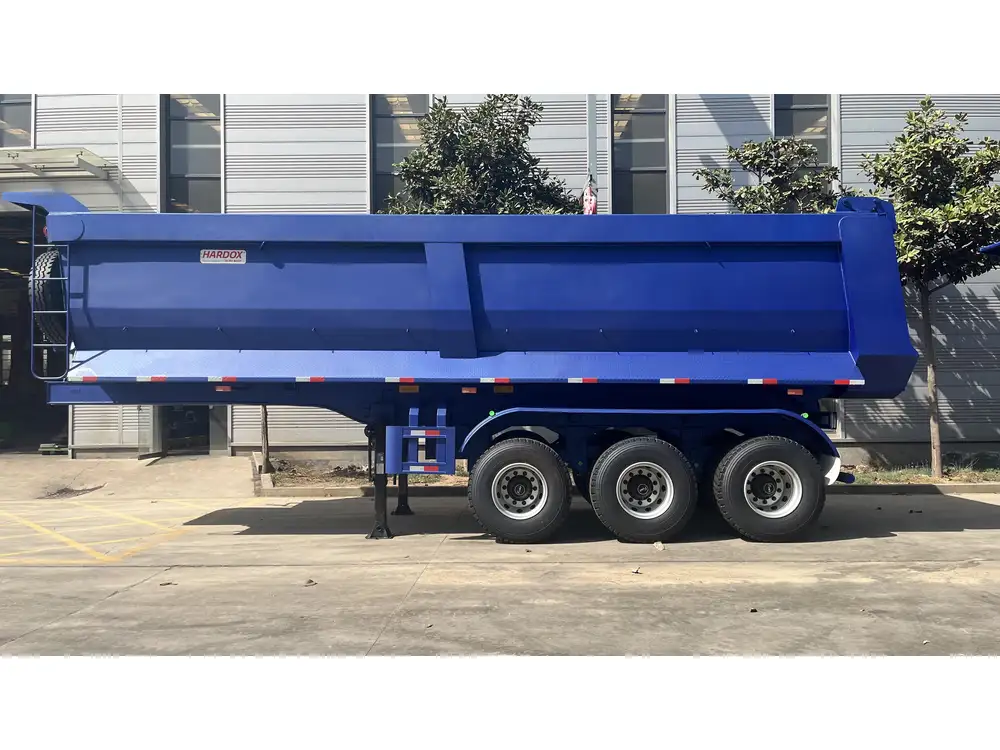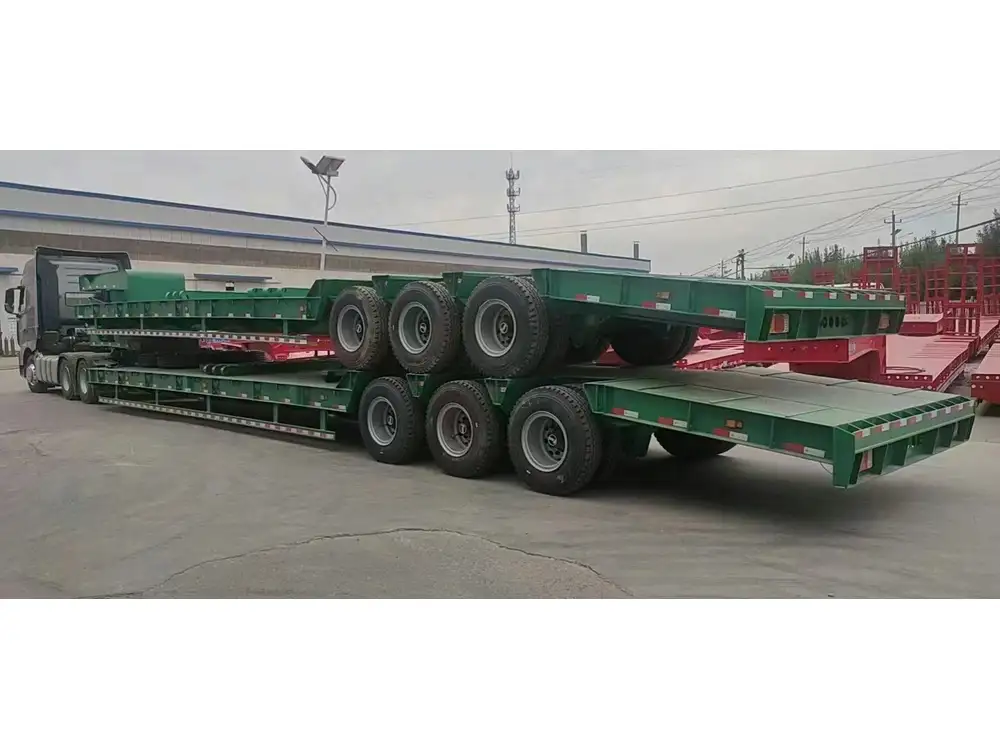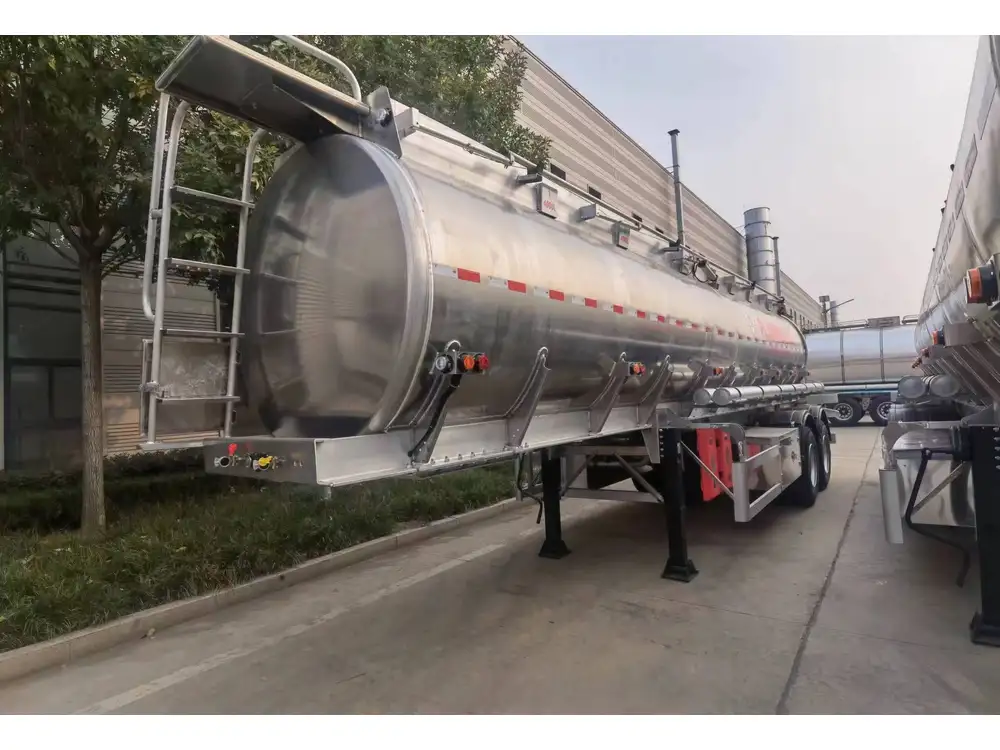As a prominent manufacturer of semi-trailers, it’s crucial to navigate the complexities of taxation—especially in terms of heavy use tax that applies to these vehicles. This article delves deep into the question, “Is a semi-trailer subject to heavy use tax?” by examining the intricacies of this tax, its implications, and strategies for compliance.
What is Heavy Use Tax?
Heavy use tax, established by the Highway Revenue Act, is a federal tax levied on owners of heavy highway vehicles, specifically those with a gross weight of 55,000 pounds or more. This tax is primarily designed to collect revenue for highway maintenance and infrastructure improvements. Semi-trailers, often used in conjunction with trucks to transport goods, fall into this category based on their weight and usage.
Key Details of Heavy Use Tax
| Category | Details |
|---|---|
| Applicable Weight | Vehicles weighing 55,000+ pounds |
| Tax Year | The annual period for which the tax is owed |
| Payment Timeline | Due by August 31 of the tax year |
| Exemption Status | Certain vehicles may qualify for exemptions |

Who is Subject to the Tax?
The heavy use tax obligation falls on the registered owner of the semi-trailer. Therefore, whether you are an individual or a fleet owner, understanding your tax responsibilities is crucial.
Qualifying Vehicles
- Semi-Trailers – Often used with tractors, these are straightforward candidates for the heavy use tax.
- Tractor-Trailer Combinations – If the combined weight meets or exceeds 55,000 pounds, they qualify.
- Specialized Trailers – Heavy equipment or machinery haulers.
Exemptions and Considerations
Certain exemptions may apply:
- Government Vehicles – Many federal, state, and local government vehicles might be exempt.
- Agricultural Vehicles – Certain semi-trailers used exclusively for agricultural purposes may not be subject to this tax.

Determining Gross Weight
Determining whether a semi-trailer is subject to heavy use tax begins with ascertaining its gross weight. This includes the weight of the vehicle plus the maximum load it can carry.
How to Measure Gross Weight
- Manufacturer Specifications – Refer to the documentation from the manufacturer listing the weight rating.
- State Weigh Stations – Utilize local weigh stations for accurate measurements.
- Documentation of Total Load – Keep detailed records when loading to establish maximum weight.
Calculation of Heavy Use Tax
The calculation of the heavy use tax involves various tiers, based on the weight of the vehicle.

Heavy Use Tax Rates
| Weight Range (in pounds) | Tax Amount |
|---|---|
| 55,000 – 56,999 | $100 |
| 57,000 – 58,999 | $200 |
| 59,000 – 60,999 | $300 |
| 61,000 – 62,999 | $400 |
| 63,000 – 64,999 | $500 |
| Each additional 1,000 lbs | Add $100 |
Example Calculation
For a semi-trailer weighing 64,500 pounds:
- Base Tax: $500 (for 63,000 – 64,999)
- Additional Weight: 1,500 pounds = $200
Total Heavy Use Tax = $700
Filing Requirements
Filing for the heavy use tax can be daunting, but understanding the requirements can make the process smoother.

Filing Process
- Preparation of Form 2290: This form is essential for reporting heavy use tax.
- Payment Options: Payments can be made electronically or through paper methods.
- Documentation: Maintain copies of your Form 2290 and proof of payment for recordkeeping.
Important Deadlines
- Due Date: Remember, payments are due by August 31 each year.
- Amendments: If changes occur (e.g., vehicle weight changes or ownership transfer), amendments must be filed promptly.
Penalties for Non-Compliance
Neglecting to pay heavy use tax can lead to severe penalties that may include fines, interest on unpaid amounts, and potential legal actions. The IRS can impose significant fees for late filings, pushing your total costs even higher.

Common Penalties
| Penalty Type | Description |
|---|---|
| Late Filing Penalty | 5% of unpaid tax for each month the return is late |
| Interest Charges | Interest accrues on unpaid tax from the due date |
| Additional Fines | Fines may be levied for willful neglect or evasion |
Heavy Use Tax vs. Other Taxes
Understanding how heavy use tax fits into the broader landscape of transportation-related taxes is pivotal for fleet managers and individual operators alike.
Comparison with Other Relevant Taxes
| Tax Type | Applicability |
|---|---|
| State Vehicle Registration Tax | Fee paid for vehicle registration in your state |
| Fuel Tax | Imposed on fuel purchases, supporting road maintenance |
| Sales Tax on Purchase | Tax applied when buying the semi-trailer |

Strategies for Compliance
Achieving compliance with heavy use tax regulations can be simplified through careful planning and organization.
Best Practices
- Maintain Accurate Records: Keep detailed logs of weight, usage, and maintenance histories.
- Set Alerts for Deadlines: Use calendar alerts to track important filing dates.
- Consult Tax Professionals: When in doubt, enlist the help of tax professionals who specialize in transportation.
Educational Resources
- IRS Website: Offers guides and relevant forms for compliance.
- State Transportation Departments: Provide localized information on regulations and tax implications.

The Future of Heavy Use Tax for Semi-Trailers
As transportation regulations and fiscal policies evolve, so does the understanding of taxes like heavy use tax. Emerging technologies and traffic management systems may influence future tax structures and compliance measures.
Trends to Watch
- Digital Transformation: Invoices and tax payments may increasingly shift to online platforms.
- Usage-Based Taxation: Some states are exploring taxes based on actual highway usage rather than fixed-weight classifications.
- Increased Flexibility: Potential upcoming changes in exemptions for electric or hybrid semi-trailers could reshape compliance expectations.
Conclusion: Importance of Understanding Heavy Use Tax
For manufacturers, fleet owners, and operators of semi-trailers, comprehending the ins and outs of heavy use tax is not just a matter of compliance—it’s an essential element of effective business management. By navigating this tax landscape adeptly, businesses can optimize their financial strategies, avoid penalties, and contribute positively to the infrastructure that supports their operations.
Furthermore, addressing the nuances of taxation within the trucking industry can enhance your overall operational strategies, leading to increased profitability and strategic planning for future growth.
Staying informed about heavy use tax and its implications can significantly impact decision-making processes within your organization, making it imperative to adapt and respond proactively to fluctuating regulations and requirements.



